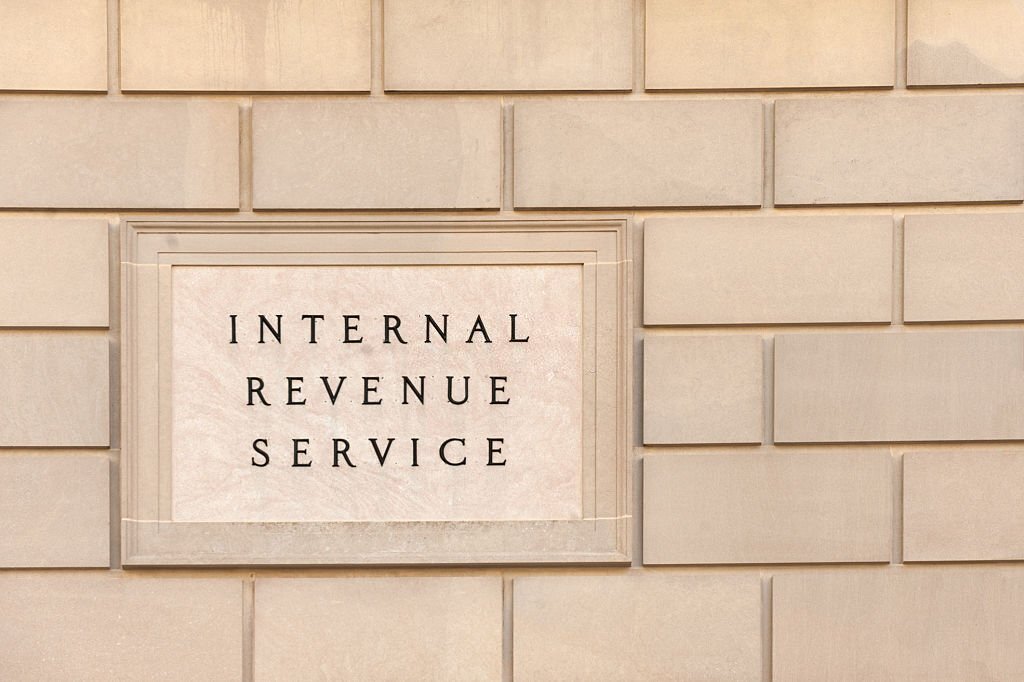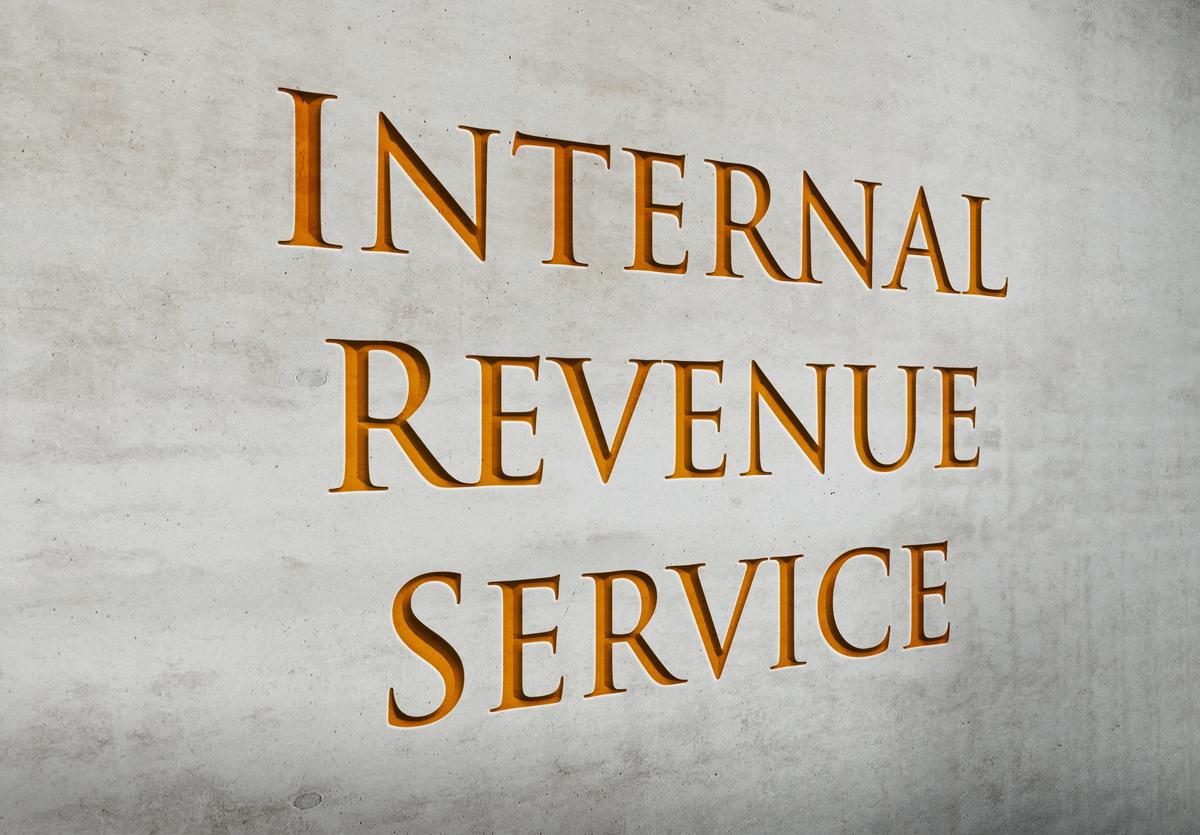A new report from the Treasury Inspector General for Tax Administration (TIGTA) revealed that the IRS has made only “limited progress” in determining a way to count how many audits it conducts on taxpayers with incomes below $400,000.
The Inflation Reduction Act of 2022 provided $79.4 billion in additional funding to the IRS over the next decade, with $45.6 billion slotted for enforcement activities. That $79.4 billion has since been slashed to $57.8 billion as a result of deals between the Biden administration and Republican lawmakers.
In August 2022, Treasury Secretary Janet Yellen issued a memorandum to IRS Commissioner Danny Werfel directing the IRS not to use any additional resources to increase audits on small businesses or households earning below $400,000 per year. Instead, the IRS has launched several enforcement initiatives targeting complex partnerships, large corporations, and wealthy individuals who don’t pay overdue tax bills in an effort to close the tax gap—the difference between the total taxes owed to the federal government and how much is collected on time.
This particular TIGTA review focused on the IRS’s methodology for ensuring that Inflation Reduction Act funds aren’t being used to increase the percentage of audits of taxpayers with incomes below $400,000.
To comply with Yellen’s directive, the IRS and the Treasury Department had to establish a base year upon which to compare future compliance.
“Although the IRS and the Treasury Department chose tax year 2018 for the base year, the IRS has yet to calculate the audit coverage for tax year 2018 because it has not finalized its methodology for the audit coverage calculation,” TIGTA wrote. “While the IRS routinely calculates audit coverage rates, the IRS and the Treasury Department have been exploring a range of options to develop a different methodology for purposes of determining compliance with the directive.”
The IRS initially proposed excluding certain types of examinations when computing the audit coverage rate and an authority to “waive” certain other examinations from the calculation if taxpayers appeared to have intentionally understated income to avoid the $400,000 threshold, according to TIGTA. But during its review, the watchdog expressed concerns that the waiver criteria hadn’t been clearly articulated and that such a broad authority “may erode trust” in the IRS’s compliance with the directive.
Last May, the IRS concluded that excluding types of examinations from the calculation of the base and comparison year audit rates has the potential to undermine Yellen’s directive, and the agency abandoned the concept of exclusions and waiver authority.
According to TIGTA, the IRS isn’t considering the potential of a marriage penalty that would subject married couples filing jointly with a combined total positive income of $400,000 to the same audit risk as an individual taxpayer with a total positive income of $400,000.
The IRS uses total positive income when selecting returns for examination on specific income levels. Total positive income is the sum of all positive amounts shown for the various sources of income reported on an individual tax return and, therefore, excludes losses.
“When asked if this would be unfair to those married taxpayers, the IRS stated that the 2022 Treasury directive made no distinction between married filing jointly and single households, so neither will the IRS,” TIGTA wrote.
In addition, TIGTA said the Treasury Department and the IRS have yet to define “small business” with regard to the 2022 Treasury directive.
“The tax code does not define a ‘small business.’ Currently, the IRS measures the audits of businesses by asset size, not gross receipts or revenue, and the IRS mentioned that it would be more convenient to use a measure that is already being used,” TIGTA wrote. “The IRS stated it discussed with the Treasury Department defining a small business as a business having less than $10 million in assets, which it currently uses to identify small businesses for examination purposes.”
TIGTA notes that the definition of “small business” varies by industry, but the Small Business Administration established a size standard to classify small businesses for itself and federal contracting programs. It defines small businesses by revenue (ranging from $1 million to over $40 million) and by employment (from 100 to more than 1,500 employees).
There also has been no decision on whether the definition of “small business” will apply equally to corporations, S corporations, and partnerships, TIGTA said.
The IRS stated that any deliberations to date shouldn’t be considered as definitive determinations until the methodology is finalized.
“Before any decisions are made as to how the audit coverage rate will be calculated, the IRS and the Treasury Department would need to come to an agreement,” TIGTA wrote. “However, the IRS has not maintained formal documentation on its decisions and processes to clearly document all exchanges of information and other significant events pertaining to the 2022 Treasury directive.”
TIGTA made four recommendations to the IRS, according to the report. The IRS agreed to reach agreement with the Treasury Department and to document the development of the methodology. The IRS disagreed to use return transaction file data to produce counts of filing data on the $400,000 threshold and instead will rely on Statistics of Income sampling data. After verifying the data field TIGTA identified, the IRS agreed to establish procedures and controls to update total positive income.
Thanks for reading CPA Practice Advisor!
Subscribe Already registered? Log In
Need more information? Read the FAQs
Tags: Income Tax, IRS, Legislation, Taxes




